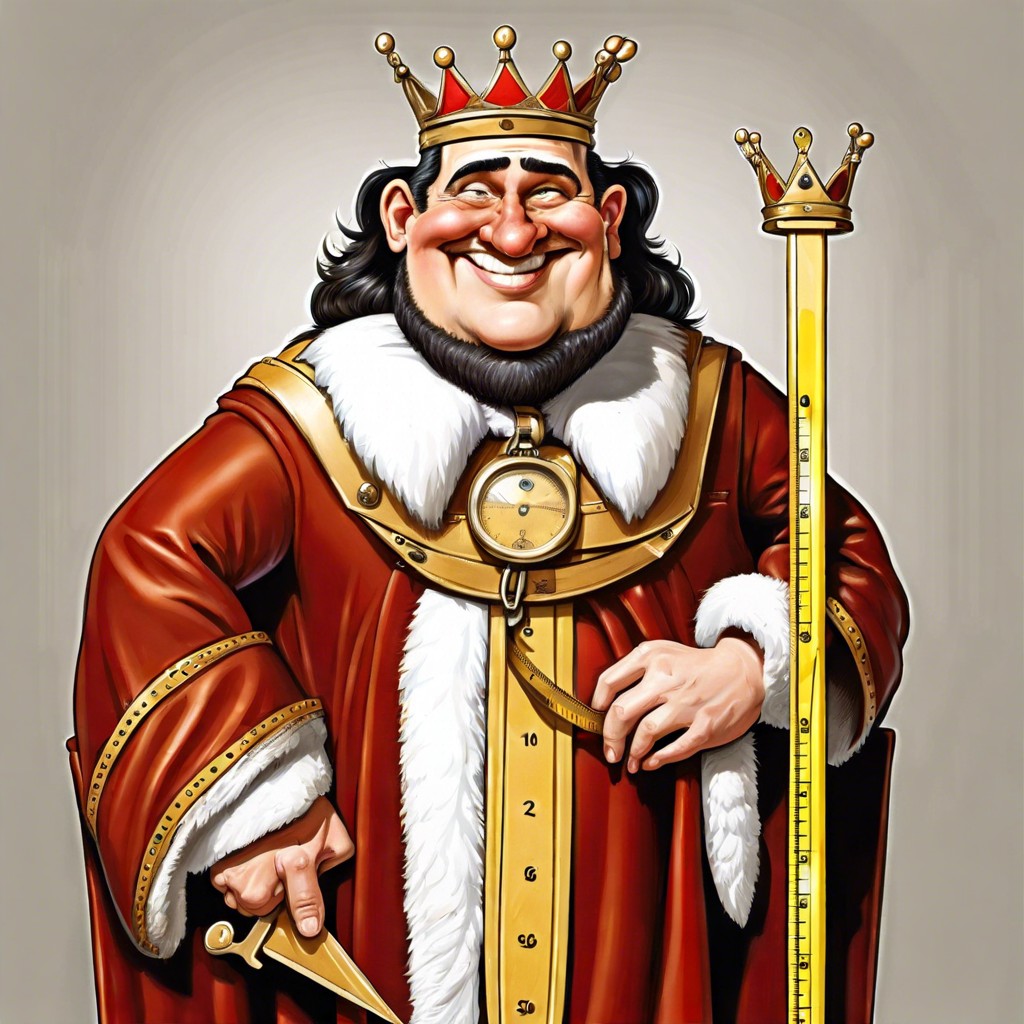Understand how big 7 mm is by comparing it to everyday objects and giving you a clear visual idea.
Key takeaways:
- 7 mm is as thick as a pencil lead or five sheets of paper.
- Comparable to a toothpick width or the gap between playing cards.
- A piece of chalk, an aspirin tablet, or eyeglass lens thickness.
- Equals the size of a small sunflower seed or eyeglass screws.
- Useful measurements include pencil erasers, shirt buttons, and wrench sizes.
Easy Approximations

Imagine a pencil tip, not the sharpened end, but the actual writing part. It’s about that thick. Not enough? Think of the thickness of five sheets of regular printer paper stacked together. Pretty tiny, right?
Consider the width of a toothpick at its thinnest point. Seven millimeters is almost like the gap of two playing cards placed side by side. And if you’re a fan of sewing, a common pin head is pretty close too.
These comparisons show just how small 7 mm is. Not as small as a crumb, but not quite noticeable at a glance either.
Common Objects for Comparison
Imagine this: you’re nibbling on a piece of chalk, but no, you’re not in a classroom or revisiting your childhood—it’s just a 7 mm segment because that’s essentially the width of many standard wood pencils. Or, picture the average size of a small aspirin tablet; that’s pretty close too.
Next, think of the thickness of a pair of standard eyeglass lenses. Yep, about 7 mm. Kind of mind-boggling, right? Though these lenses sit so subtly on your nose, they’d stack up to 7 millimeters if you look at them from the side.
And if you’ve ever had the delight of munching on something totally random yet satisfying like a sunflower seed, you’d find it’s roughly the same size. Or maybe those tiny screws in your eyeglasses that you lose every other week—they’re about 7 mm long. So, whether you’re clearing up a bother or enveloping yourself in nostalgia, these tiny, everyday items highlight just how minuscule and ubiquitous 7 millimeters can be.
Practical Applications and Familiar Contexts
In our daily lives, 7 mm might appear inconsequential, but it shows up in surprisingly many contexts. For example, consider the thickness of a pencil’s graphite core. That’s roughly 7 mm!
Measuring everyday items becomes a breeze with this mental picture. Take the width of a standard pencil eraser. Yep, often right around 7 mm.
In fashion, the width of a standard dress shirt button can be close to this measurement. Handy when ordering replacements online!
Let’s not forget about hardware stores. A 7 mm wrench or bolt—size matters when fixing that squeaky chair. Fist-pump moment when you grab the right tool!
These tangible examples help make the abstract concept of millimeters far more relatable. So, next time you’re fumbling with a ruler, just think, “Is this about the size of a pencil eraser?” Boom. Measurement master.




